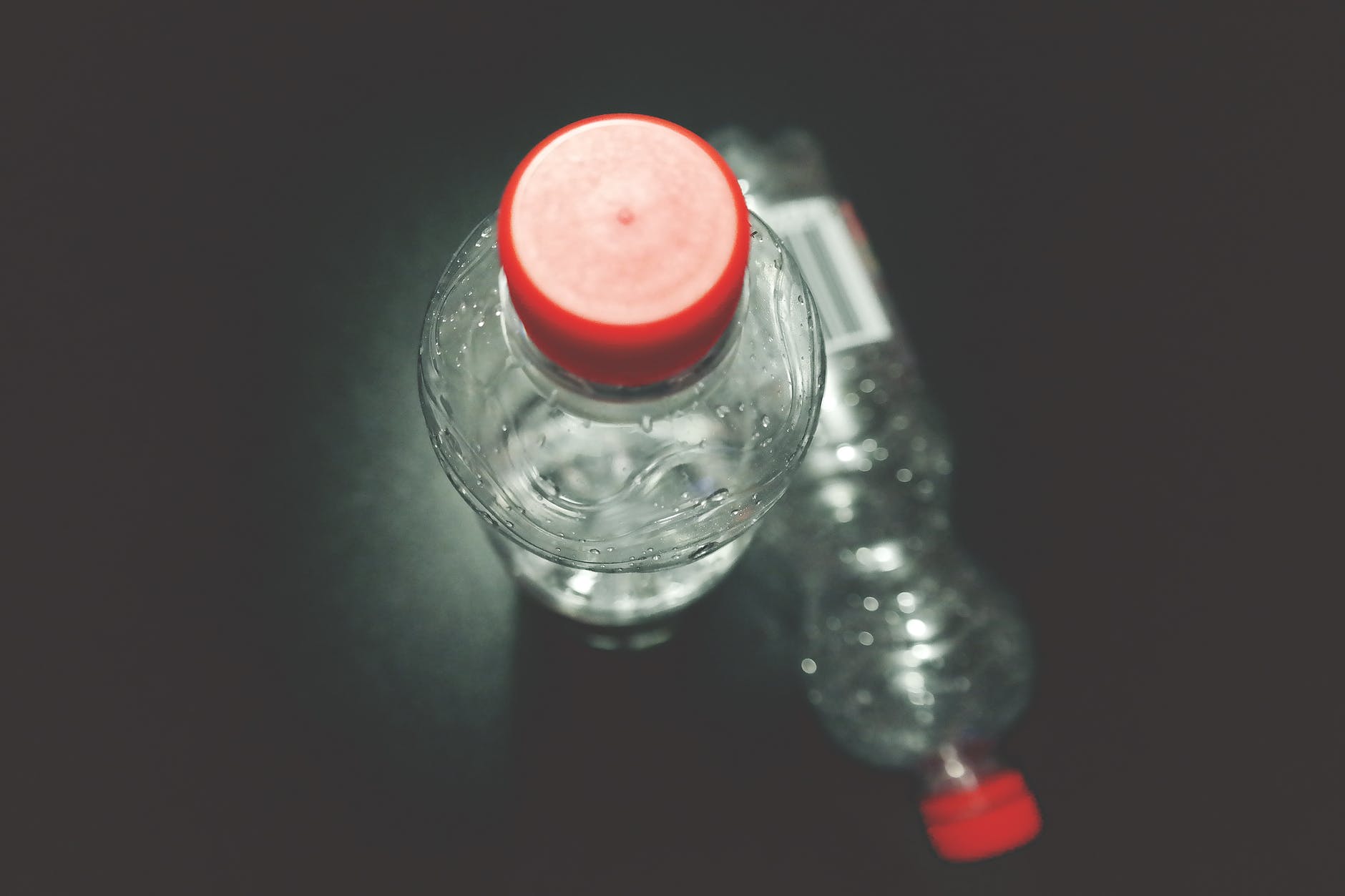Plastic: The science behind the indestructible

Since the first fully synthetic plastic was invented in 1907 by chemist Leo Baekeland, Bakelite or polyoxybenzylmethylenglycolanhydride (try saying that three times fast!) has paved the way for the modern era of plastic. Now over 100 years since it’s invention, people are pledging for a plastic-free 2018 due to its negative environmental impacts. But what actually is plastic made of and why won’t it go away?
As a pliable polymer, plastics are made from long chains of synthetic or semi-synthetic molecules. These polymers can be divided into two categories of either thermosets and thermoplastics. Once forms are shaped using thermosets, as the name suggests, are set in stone and cannot be alternated. Thermoplastics, on the other hand, can be reshaped over and over again.
In order to form these polymer chains several shorter chains, known as monomers, need to be stuck together. Take polyethylene, for example, a polymer made from the monomer ethylene in refined natural petroleum/crude oil. Carbon-to-carbon bonds hold these lengthy molecules together and it is these bonds that make plastics so durable and non-degradable.
Take for example a forgotten banana in the back of your fridge that has been sat there for well past its sell-by date. It’s mushy, brown and beginning to smell. This is the response to decomposition breaking down the peptide bonds between the molecules of the banana. However, there aren’t any organisms that have evolved to break down the carbon-to-carbon bonds in plastic and hence plastic will not biodegrade.
This superpower of everlasting life, however, is neither a blessing nor a gift when it comes to our environment. It threatens marine wildlife, damages ecosystems and enters food chains. With a reported 8.3 billion metric tonnes of plastic being made since the 1950s, there is a whole lot of plastic in the world.
For more science and technology articles, pick up the latest copy of How It Works from all good retailers or from our website now. If you have a tablet or smartphone, you can also download the digital version onto your iOS or Android device. To make sure you never miss an issue of How It Works magazine, subscribe today!
If you liked this story you might enjoy these:




